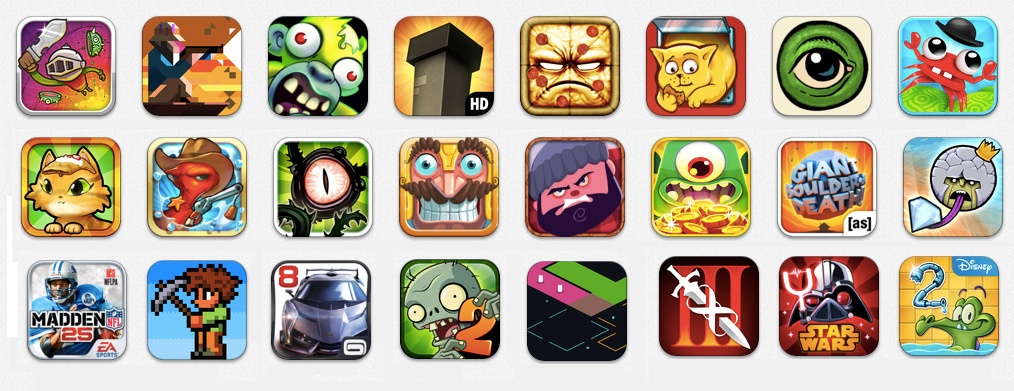What Makes a Mobile Game App Addictive?
Voice Games 16-04-4 Brandon 5 min read

Unlock your phone and review how many games currently sit on the device. Now count the ones you play on a regular basis of say a week, and compare what makes those games more interesting that you will return to those over the others on the phone. Is it the gameplay, characters, simplicity, boredom or magic making it so addictive?

From time to time, you’ll download a game, won’t put it down for days and then one day poof, it’s forgotten. There are so many variables based around this making it difficult to distinguish your returning gamers, for a specific period of time, from one time users. If you’re able to hit this at the first go, you deserve a Nobel Prize. For all others, welcome to the group. It doesn’t mean your game will be buried from the others, but realistically you may have to alter a few things or scrape the entire thing altogether. Let’s really break this down to see what makes a mobile game so special.

This is just 24 out of 525,707 in 2012. Imagine the competition now with an average of 19,130 new games submitted to the App Store. Fierce, right?
It’s all in the Game Mechanics. Mostly.
The core of any game is the mechanics incorporated. Can anyone download the app and play with limited walkthrough? Is the learning curve steep? Is the game accessible for everyone regardless of hardware, like the quality of phone? These questions reflect majority of a user’s experience as their phone may not be able to handle all the game mechanics, access to internet or require reading paragraphs of tutorials.
In 2048, players swipe in any linear direction until they reach the magical 2048, then go beyond if desired. Ping me your strategy if you ever reached 2048 because I need it. The gamer becomes addicted in obtaining the elusive 2048, yet have an option to go further upon achieving the ultimate goal.
In the original Angry Birds, not counting the numerous spinoffs which spawned completely different gameplay, gamers are catapulting furious endothermic vertebrates at thieving, rotund suids for kidnapping unborn babies. Both games have simple mechanics yet catapulates the difficulty level as the gamer grinds through the levels, no matter the time lapse between plays.
“I think that the basic elements that make games fun or exciting don’t change regardless of how many years have passed. [sic] Things that are fun are still fun no matter how much time passes.” - Kensuke Tanabe, Executive Officer of Nintendo SPD
Do I Need a Story?

Having a story could add an extra layer of depth for the sole purpose of gamer attachment may place a game above others, like The Walking Dead, Star Wars Uprising, Marvel’s Avengers Alliance and other pop culture based games. It doesn’t end death to a game app with no story, as evident with Candy Crush, 1010!, Dots, and other mindless games.
It all depends on the type of audience you want to captivate; simply remember not games fit every person. Find the right market, and build the game with them in mind. Tap Hero is mindless tapping to slay giant creatures called Titans with a militia of diverse warriors, a splash of storytelling and slight character development.
When one of your heavy hitters die, you feel the need to accumulate coins to revive them, yet not being stuck on a level without that fighter. No need to pull a Telltale Games-style and have a full blown character development or in-depth storyboard; catering to your audience is still key.
Launching the Game

Sounds like a no brainer, but it wouldn’t be me unless I remind developers to release their product at some point. Companies get hooked to executing a flawless game that they continuously push the release date where they never put the game in the App Store or Google Play. This is the real killer in gaming development: never releasing the game. If the game is good enough, players will forgive you for the flaws.
Bottom Dollar
The beauty of gaming apps is that they can practically reach anyone, traditional gamer and non-gamers alike, as 59% of Americans have smartphones, and allows game companies to be picky with their clientele. Additionally the barrier to entry isn’t as high in mobile gaming industry compared to console games due to more in-depth technical skills, publishing platforms and other factors. Reiterating one last time, having a fantastic gameplay and story is pointless if you never release the darn thing.
Want to learn more about the next step in carving a space for yourself in the development world? Join us on May 20th for the Impact Software Summit - featuring top influencers in the industry for developers looking to define their legacy in the field:
